
Token Metrics Launches Its API & SDK: Fueling the Future of Crypto Trading Agents

In a move that could fundamentally transform how crypto markets operate, Token Metrics has unveiled its highly anticipated AI-powered API and software development kit (SDK), providing the essential intelligence infrastructure that developers, traders, and institutions need to build their own high-performing trading AI agents.
The Intelligence Gap in Crypto Markets
For years, crypto market participants have faced a significant disadvantage against institutional players with proprietary AI systems. While most traders rely on lagging indicators and fragmented information sources, institutions leverage sophisticated algorithms and real-time analytics to capture alpha.
Token Metrics' CEO Ian Balina recognized this imbalance firsthand.
"What we've built is essentially the democratization of institutional trading advantages," Balina noted. "We're putting the same AI that spotted MATIC at $0.03 and SOL at $100 directly into an API that developers, traders, and funds can use to power their own trading agents."
Powering the Next Generation of Trading AI Agents
As trading agents and AI agents become mainstream in crypto, Token Metrics is positioning itself as the intelligence layer that fuels this trend. The API serves as the crucial foundation that enables users to build sophisticated AI trading agents without developing complex machine-learning models from scratch.
This API represents the culmination of web3 and AI technologies, helping brands and developers integrate advanced trading intelligence directly into their platforms, products, and services.
One API to Rule Them All: 20+ Intelligence Endpoints
The platform features over 20 specialized endpoints that developers can leverage to build various types of trading agents:
- Trading Signals – AI-driven buy/sell recommendations based on real-time market conditions
- Investor & Trader Grades – Proprietary risk-adjusted scoring for crypto assets
- Price Predictions – Machine learning-powered forecasts across multiple timeframes
- Sentiment Analysis – Aggregated insights from social media, news, and market data
- Market Indicators – Advanced metrics, including correlation analysis and volatility trends
According to early users, the sentiment analysis endpoint has proven particularly valuable.
Building Different Types of Trading Agents
Token Metrics' API enables developers to create various specialized trading agents that are increasingly becoming essential in the crypto ecosystem:
CEX Trading Agents
Developers can build agents that automate profitable trades on centralized exchanges like Binance, Coinbase, and Kraken, with the API providing the real-time intelligence needed for effective decision-making.
DEX Trading Agents
The API is optimized to support agents operating on decentralized exchanges such as Uniswap and Aerodrome, with specialized data for arbitrage opportunities, token sniping, and market making—areas where speed and precision are paramount.
Market Prediction Dashboards
Build tools that confidently predict market movements based on backtested insights from the API, giving users the ability to visualize trends and make informed decisions.
Communication Channel Agents
Create value for communities through Telegram and Discord agents that deliver real-time crypto signals directly to users, with all intelligence sourced directly from the Token Metrics API.
A Tokenized Ecosystem with DAO Governance
Perhaps, the most innovative aspect of Token Metrics' API is its tokenized access model, which stands in stark contrast to traditional subscription services.
Users can start with 500 free API calls monthly at zero cost, then unlock higher limits by staking TMAI tokens. This approach creates a self-reinforcing ecosystem where:
- Simply connecting to the API automatically awards DAO rights
- API users earn while they build through platform revenue-sharing
- Stakers gain governance power to vote on new features
Who's Building with the API?
The API has found traction across multiple segments of the crypto ecosystem:
- Developers are creating market-leading trading tools, DeFAI applications, and agentic dashboards by integrating the API's intelligence
- Traders are building autonomous agents that maximize returns with real-time data from the API, eliminating emotional decision-making
- Hedge Funds are optimizing portfolios by feeding the API's signals into their proprietary systems
- Institutions are scaling operations by connecting the API to their existing trading infrastructure
The Future of Crypto Is Agentic
What makes Token Metrics' offering truly revolutionary is how it enables the shift toward agentic trading—widely considered the future of crypto markets. The platform has streamlined the onboarding process into three simple steps:
- Create an Account: Access the market-leading TMAI API with 500 free calls per month
- Explore Documentation: Comprehensive guides and tutorials help users integrate the API quickly
- Build and Scale: Develop trading agents that leverage Token Metrics' intelligence
The platform is currently accepting new API users, with a particular focus on developers building trading algorithms, portfolio management tools, and market intelligence dashboards.
Those interested in experiencing "the GREEN side of crypto" can visit Token Metrics Data API to generate an API key and begin integrating this powerful intelligence layer into their trading systems today.

.svg)

Create Your Free Token Metrics Account

.png)




%201.svg)
%201.svg)


%201.svg)




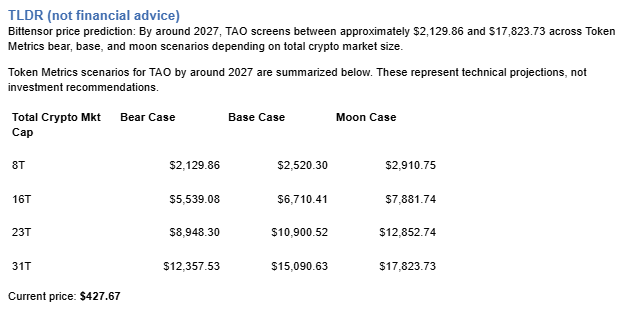
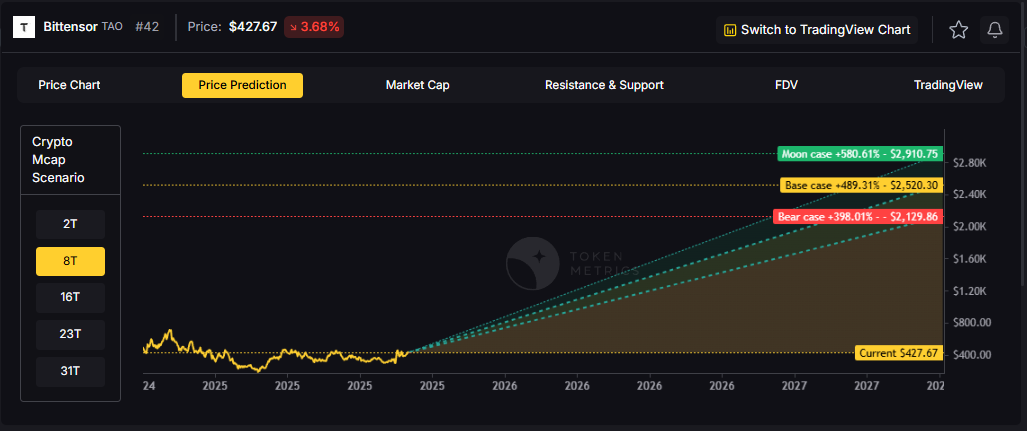


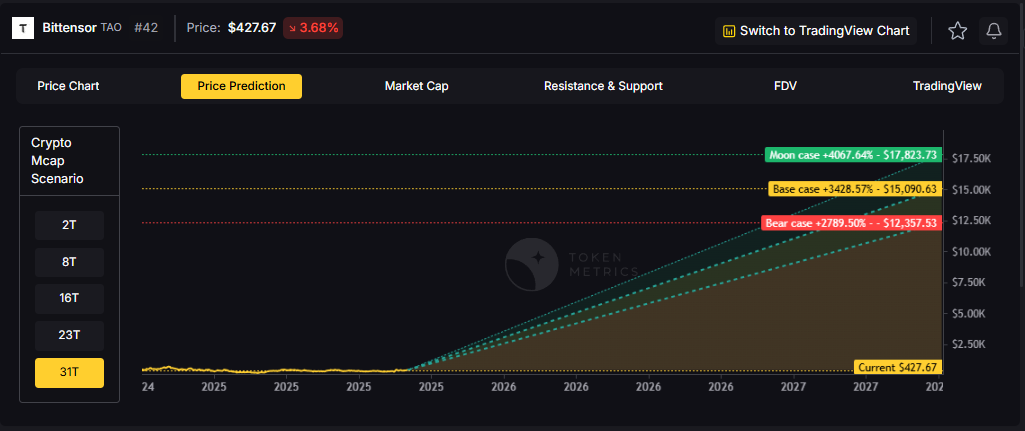

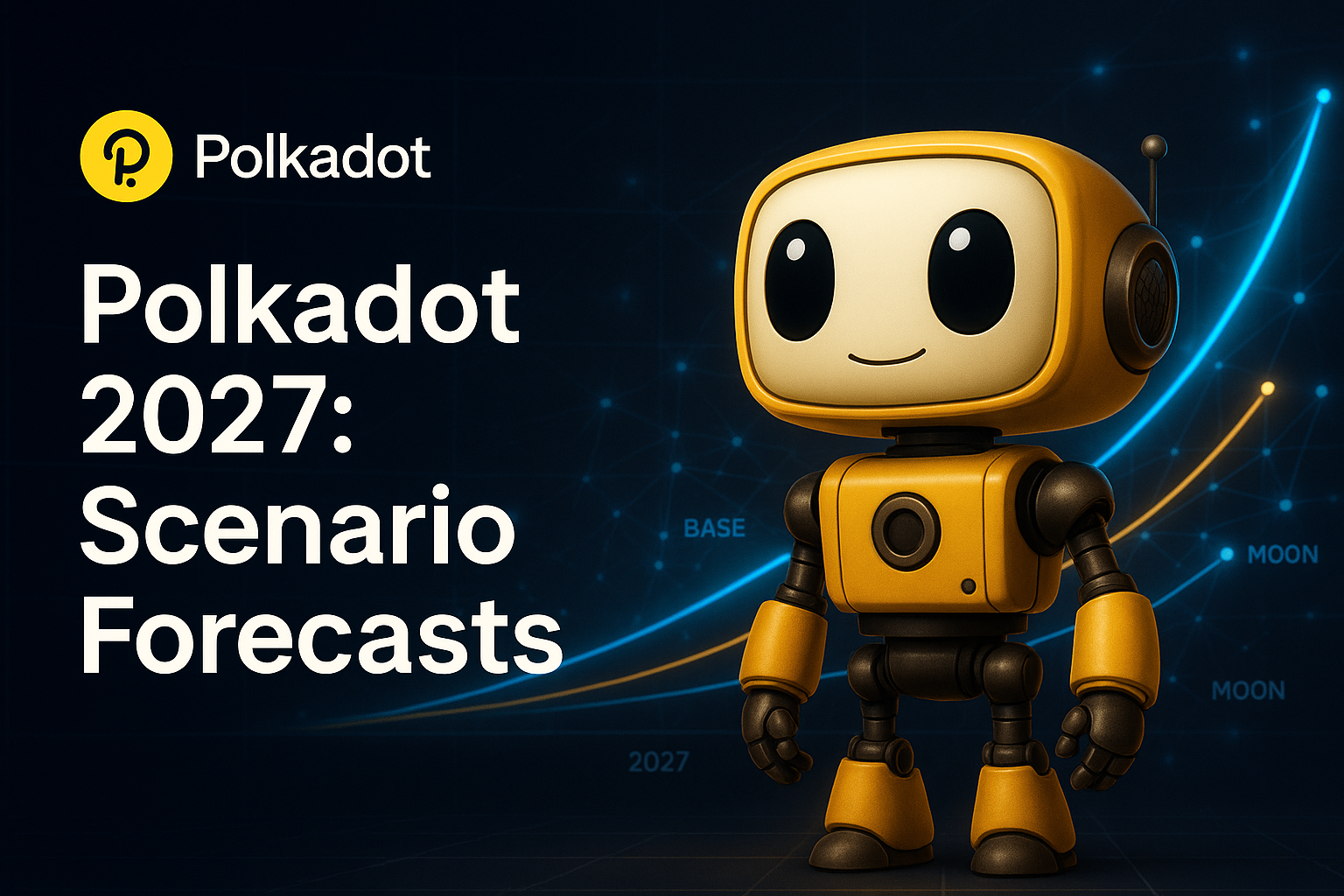

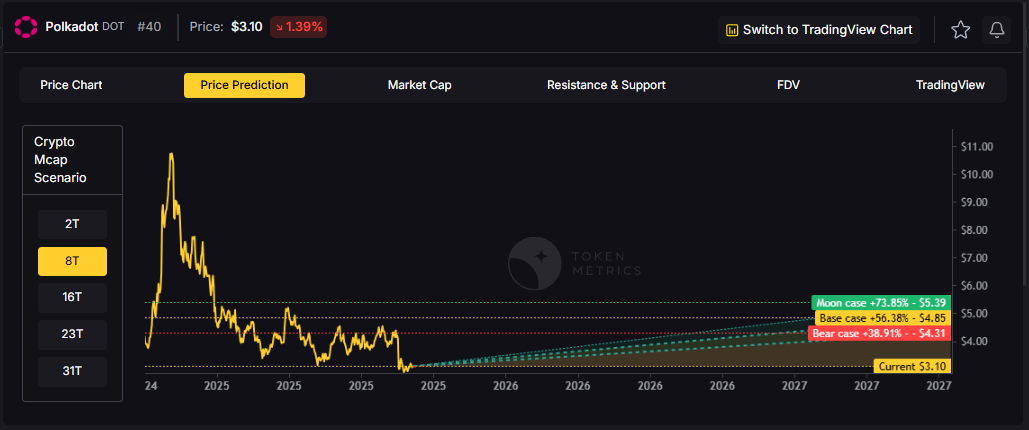




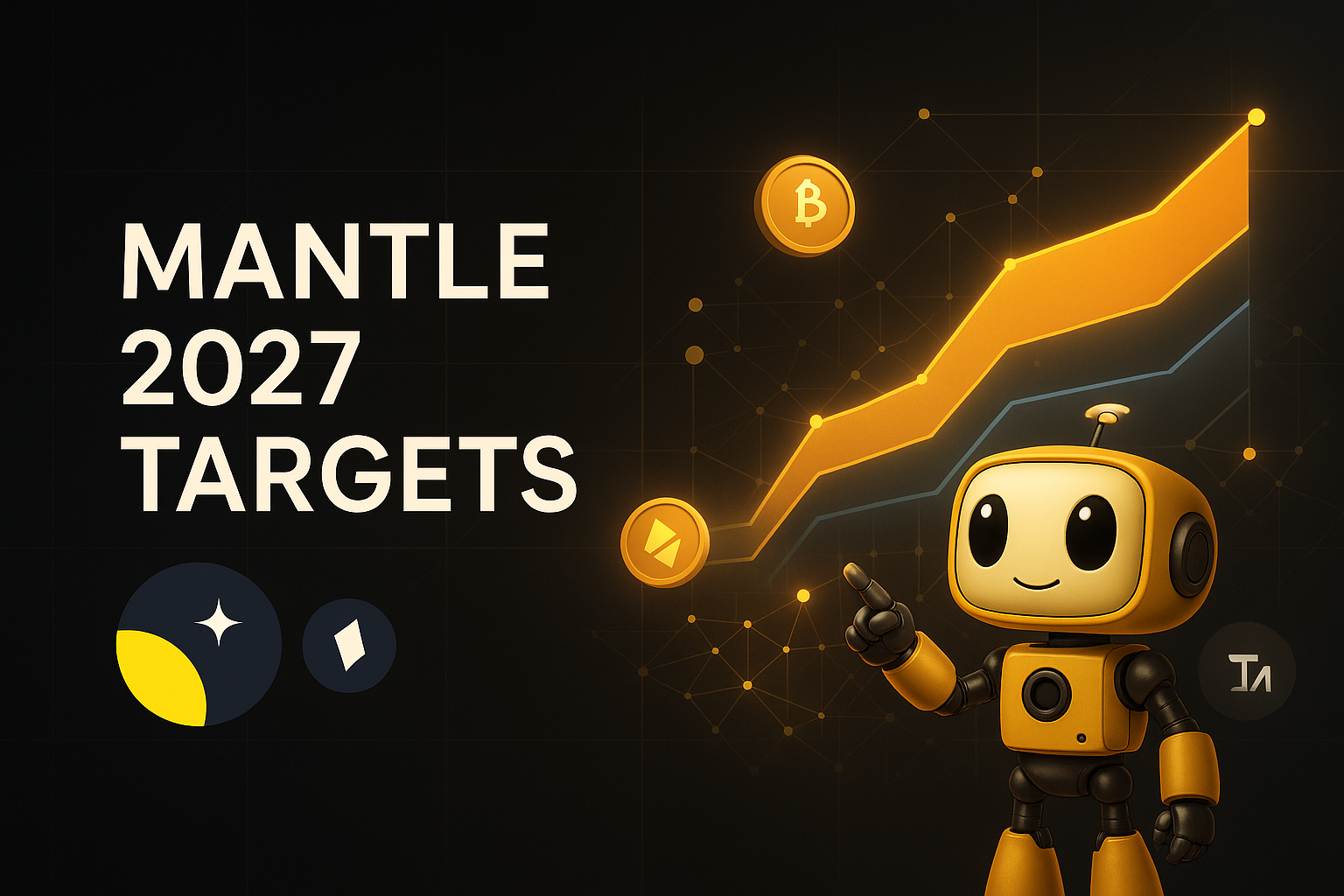
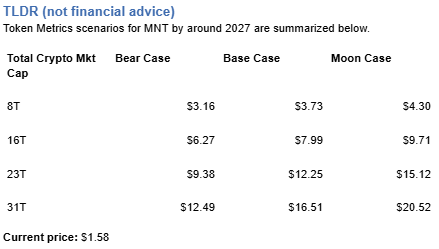
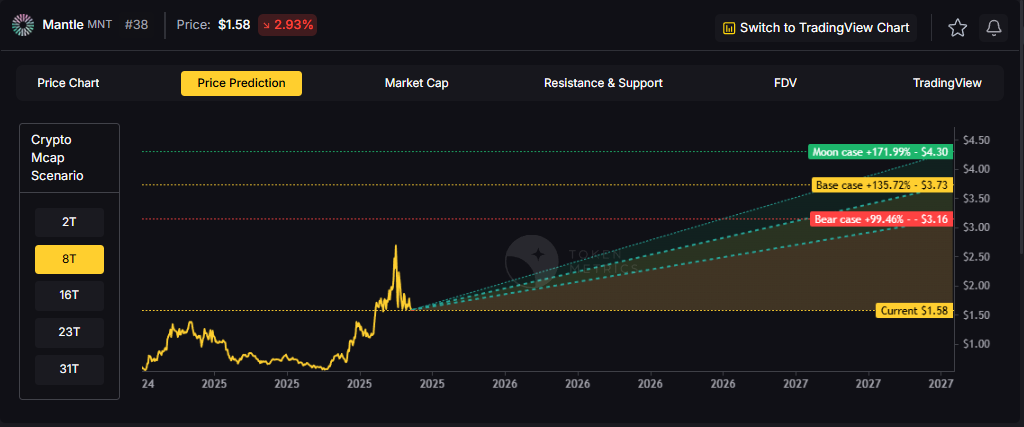
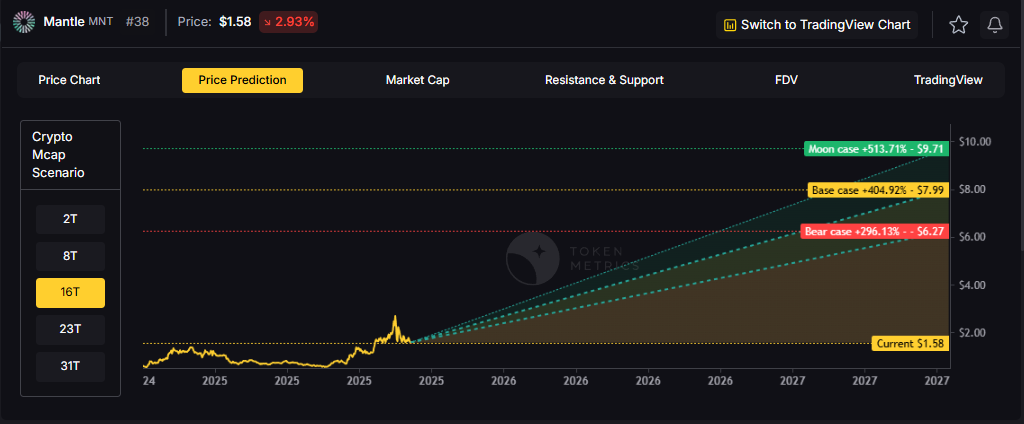
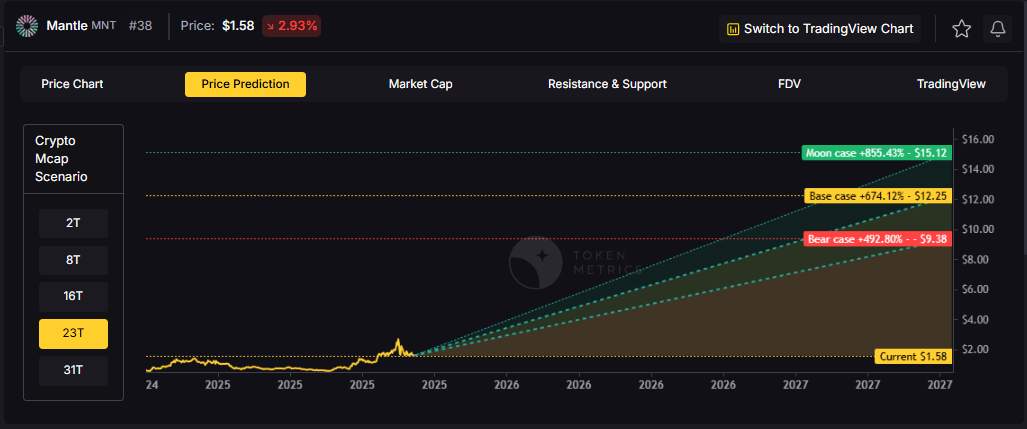

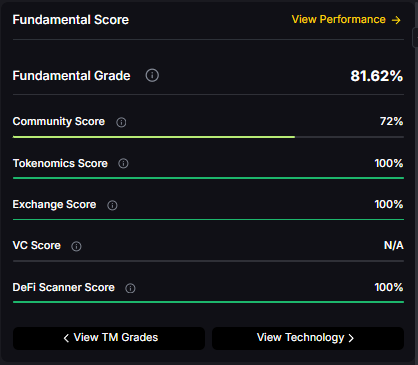

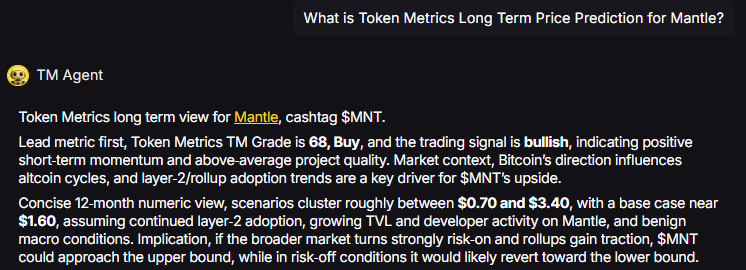



.svg)




.png)